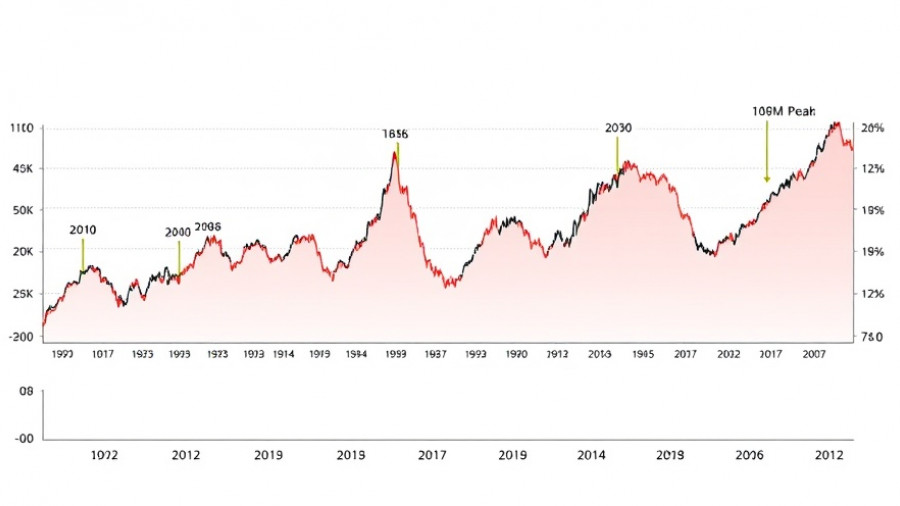
Understanding Investors Beyond Risk Profiling
Risk profiling goes beyond merely assessing an investor’s comfort with risk; it requires a deeper understanding of how emotions can influence decision-making. The prevailing notions of risk tolerance often overlook the nuances, leading to potentially uninformed investment strategies. Recognizing the distinction between risk tolerance and behavioral risk attitudes is essential for investment advisors.
Navigating Emotional Biases in Investment Decisions
Common emotional biases such as loss aversion and overconfidence can skew a client's perceptions of risk. Clients might express a reluctance to invest due to fear of loss, neglecting the long-term benefits of growth. An effective advisor can transform these fears into motivations by highlighting the importance of long-term financial security versus short-term comfort.
Strategies for Effective Client Coaching
To enhance portfolio strategies, advisors need to coach clients through their emotional triggers. For instance, asking probing questions can help clients see past their biases and focus on data-driven strategies. Instead of accepting impulsive investment decisions, the goal should shift to nurturing a disciplined approach where emotions don’t dictate choices.
Long-Term versus Short-Term Mindset
Investment strategies should aim for a balance between a client’s risk capacity and their risk tolerance, acknowledging that risk attitudes fluctuate. By framing discussions around long-term objectives, advisors can help clients understand that temporarily uncomfortable decisions could lead to significant future rewards.
The Bigger Picture: Financial Security
Ultimately, the role of investment coaches goes beyond just managing assets. It involves instilling a mindset focused on resilience and future prosperity, steering clear of reactive behaviors often fueled by emotional biases. Advisors can enhance their effectiveness by leading clients toward informed decisions that align with their long-term aspirations.
 Add Row
Add Row  Add
Add 




Write A Comment